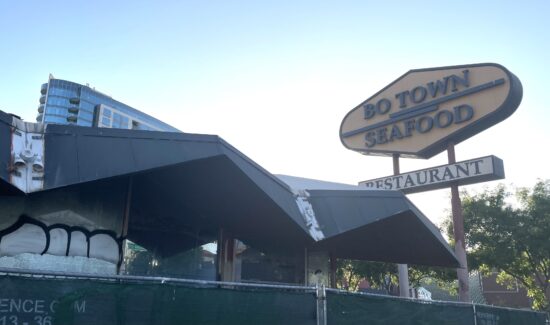Where I live, the cost of housing is absurd, traffic is terrible, and suburbs have spread so far they are now exurbs. Land that used to absorb rain has now been paved – not a good thing for a boom-or-bust climate cycle.
These things are obviously connected. When the cost of housing in town goes up, people move to near town, and commute. The definition of “near” expands daily, and we have thousands of talented people spending dozens of hours each week collectively doing nothing more than sitting in cars and pumping carbon into the atmosphere, rather than doing something that adds to the economy (or, in a few outliers, something that might actually be useful).
The obvious (to me) conclusion is to pack more people into the middle, so the edges can be spared. This is a running battle in towns like Cupertino, where almost every attempt to increase density is shot down. The opponents to increased density generally attack the developers who want to do the project, rather than debate the merits and challenges of increased density itself.
The fact the developers and the local politicians in their pockets are universally awful makes this misdirection pretty easy.
But we live in a city here, and it’s time to start accepting that fact. More places to live in the middle takes a lot of stress off many systems.
But not without a cost. Here’s a cool old diner about to be destroyed. You have to appreciate the roof line — that is pure Americana:

I would rather an iconic building like this not be demolished. It’s part of the city’s history. But I would also rather another development of McMansions in Morgan hill never happens.
The building is to be torn down, replaced with deep excavations (to accommodate cars — this would all be simpler without cars), and then twenty-nine stories of apartments will be built on top, a needle poking into the San Jose skyline. 520 apartments of varying size.
Across the street, an ethnic market is closed and fenced off, I suspect for a similar project.
I wonder, idly, if at some distance over the ground the two towers could be joined, to add living space for a few hundred more people. That seems the ideal small-footprint, maximum-dwelling-space solution. I’m sure it’s too late to bring that up for this project.
This is probably the place to note that adding 500+ high-end dwellings will not have a measurable effect on the housing market, and will not in any way address homelessness in this area. It would take a hundred fancy-ass, expensive towers like this to change the market enough to help the downstream people who are really hurting. Ninety-nine to go, I guess.
But at least the occupants won’t be in the burbs, watering lawns and driving ninety minutes to work and back each day.

